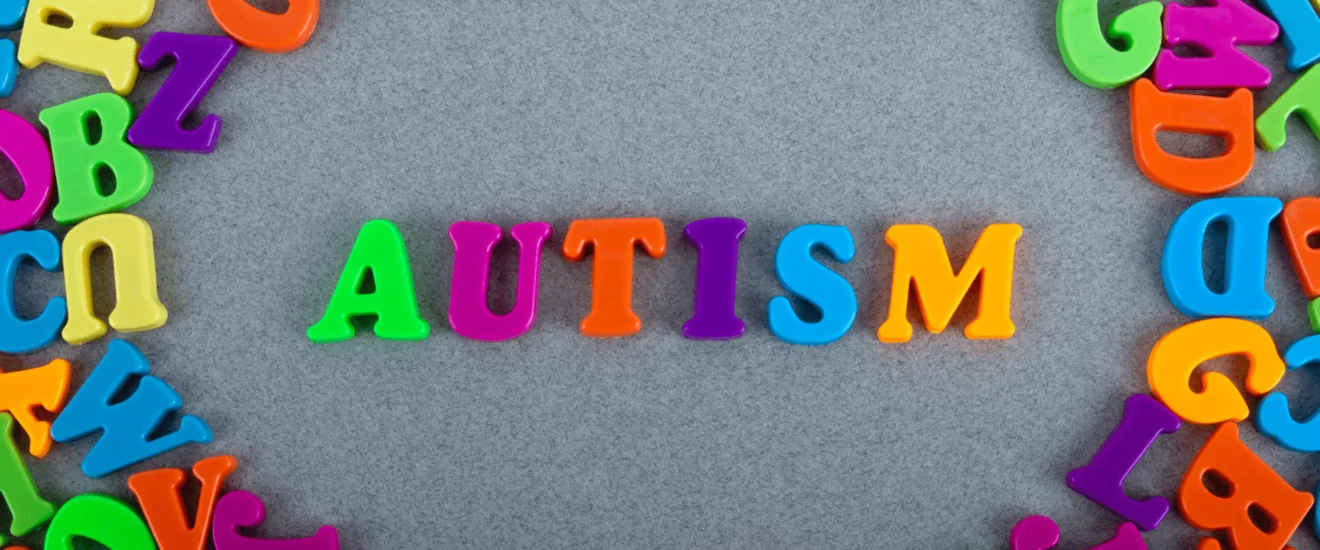Autism spectrum disorder (ASD) is a developmental disability that affects 1 in 36 children. Although awareness is growing, there are still many myths and misconceptions surrounding autism. The misinformation surrounding autism can lead to misunderstandings and harmful stigmatization.
To create a more inclusive society it is important to debunk autism myths and share accurate information about autism.
Autism Myth #1: Autism is caused by vaccines.
This myth gained a lot of popularity in the late 1990s after a heavily flawed, and now retracted, study was published. This study stated that autism was linked to vaccines, specifically the MMR (measles, mumps, and rubella) vaccine. Over the years many studies have shown that vaccines do not cause autism and are in fact safe, highly effective, and an easy way to help keep your child and your family healthy.
Autism Myth #2: People with autism have learning difficulties.
Although this may be true for some, not all individuals with autism have learning difficulties. For those that do, with the right support in the right environment, many individuals with autism can overcome many of their challenges.
Early intervention therapies, such as ABA can be very beneficial for helping children overcome their learning difficulties, as well as other challenges they may have. In fact, a recent study published in JAMA Pediatrics found that 37% of children diagnosed with autism before 36 months no longer met the criteria of the condition by age 7, believed to be largely in relation to early intervention therapies.
Autism Myth #3: People with autism are anti-social and cannot form relationships.
Although some people with autism may struggle with social skills, most people on the spectrum enjoy all types of relationships. People with autism can form close friendships, as well as romantic relationships.
Autism Myth #4: People with autism lack empathy.
People with autism feel just as much empathy as their neurotypical counterparts. They just might express it differently.
Autism Myth #5: Autism only affects boys.
Although boys are four times more likely to be diagnosed with autism, autism does affect both boys and girls. Research has shown that autism often presents differently in girls. Girls will also often “mask” their autism leading to a diagnosis later in life.
Autism Myth #6: All individuals with autism have savant or “special” abilities.
While there is a higher prevalence of savant abilities among individuals with autism, not all people with autism are savants. In fact, only about 10% of individuals with autism exhibit savant abilities.
Autism Myth #7: Autism can be cured.
There is no cure for autism. However, early intervention therapies can often help reduce the severity of autism symptoms. Early intervention can help young children on the spectrum develop skills for daily living and transitioning into the school and community settings. These therapies can also help with emotional and behavior regulation and developing social skills.
Autism Myth #8: Autism affects everyone the same.
Autism is a spectrum that affects everyone differently. Some individuals with autism will have more obvious challenges, while others may have less obvious ones. Skills, abilities, and strengths can vary from one person to another and challenges can change over time. For example, just because a child may be non-verbal when they are very young does not mean they will always be nonverbal.
Final Thoughts
It is important to remember that autism is a spectrum and no two people with autism will behave the same. You cannot tell if a person has autism just by looking at them and a diagnosis requires an evaluation by a physician. You can click here if you’d like to learn more about early signs of autism.






